Virtual appointments for canadians ONLY!
Harnessing Wind Energy Through Wind Tunneling: A Powerful Approach to Clean Electricity
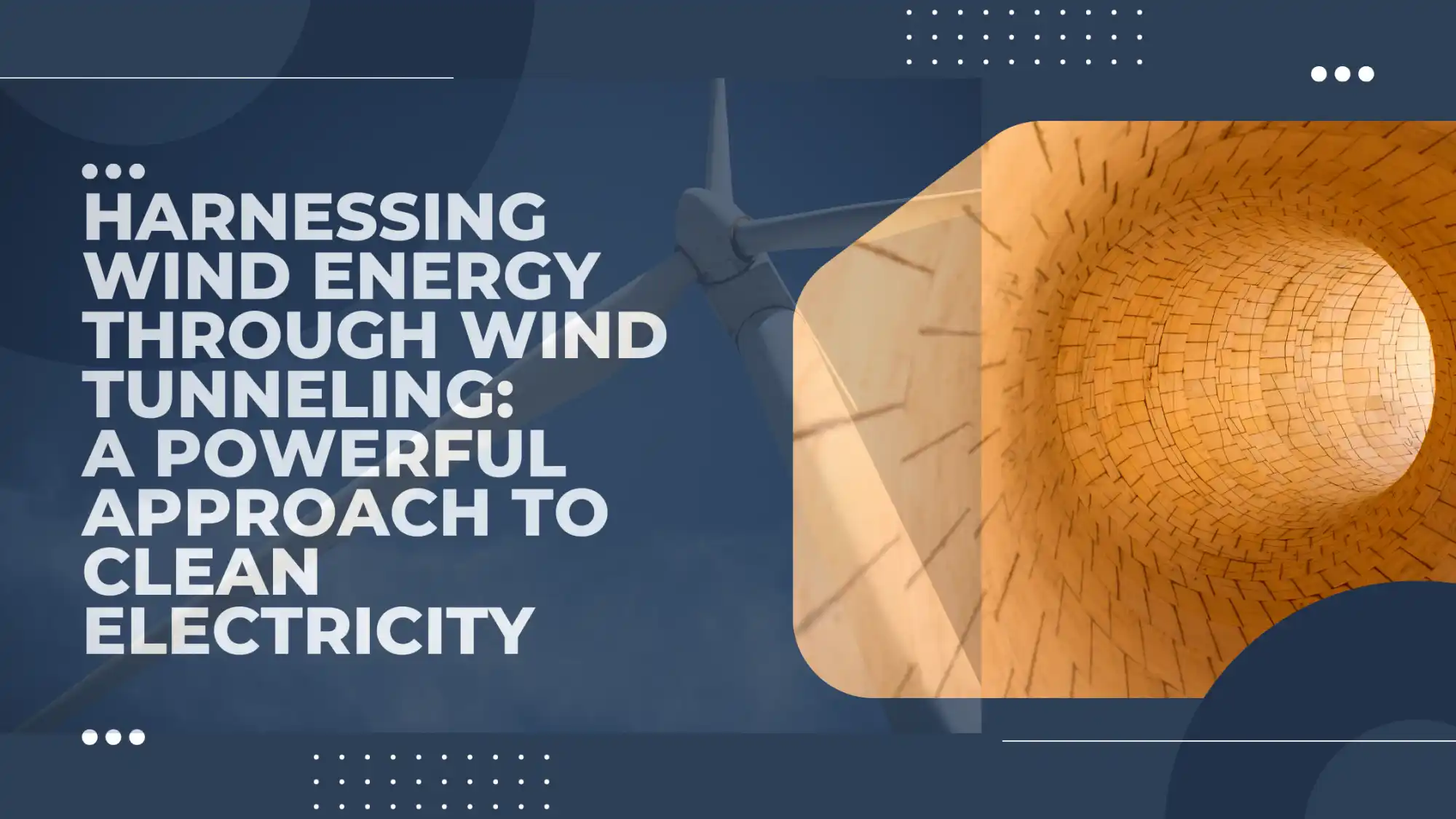

As the global demand for renewable energy continues to grow, new methods for efficiently capturing and converting natural resources into power are becoming essential. One innovative technology gaining momentum is wind tunneling. By funneling and concentrating wind through specific pathways, wind tunneling holds significant potential to generate electricity more effectively than traditional wind turbines alone. Here’s an in-depth look at how wind tunneling works, its advantages, and its role in a sustainable energy future.
What is Wind Tunneling?
Wind tunneling is the process of directing wind through a specifically designed pathway or tunnel to increase its speed and energy density. Similar to the aerodynamic principles used in car or airplane testing, wind tunnels can funnel and accelerate wind, optimizing it for energy capture. In wind energy applications, wind tunneling systems work in tandem with turbines, enhancing the flow of air to generate greater rotational force and, ultimately, more electricity.
These tunnels can be shaped and oriented to capture maximum wind based on geographical and environmental factors. In areas with variable wind conditions, wind tunnels can help stabilize airflow, providing more consistent power generation compared to standalone turbines. Wind tunneling can also improve the efficiency of turbines in locations where traditional wind farm installations may not be feasible.
How Wind Tunneling Enhances Wind Energy Production
Wind turbines generate electricity by using blades to capture the kinetic energy of moving air, which then spins a rotor connected to a generator. However, wind speeds can fluctuate, and traditional turbines often have to be spaced far apart to avoid “wind shadows,” which reduce efficiency.
Wind tunneling addresses these challenges by guiding wind through a controlled environment, which accelerates airflow and increases the force acting on turbine blades. This not only improves the efficiency of energy production but also reduces the required spacing between turbines, potentially allowing for denser and more productive wind farms.
Key Advantages of Wind Tunneling in Energy Production
- Increased Wind Speed and Energy Density: By channeling wind through narrower pathways, wind tunneling can effectively increase wind speeds. Even in areas with moderate wind conditions, the accelerated flow within tunnels can enhance power generation.
- Greater Efficiency in Variable Wind Conditions: Wind tunnels can be designed to capture wind from various directions, providing a more stable airflow to turbines. This design is especially beneficial in areas with inconsistent wind patterns, where traditional turbines may struggle to maintain optimal rotation.
- Space Optimization: Traditional wind farms require considerable spacing to avoid performance losses from turbulence. Wind tunnels mitigate this need by channeling and directing airflow, allowing for closer turbine placement. This opens up the possibility of constructing wind farms in areas with limited space, such as urban environments or regions with specific topographical challenges.
- Lower Energy Costs and Increased ROI: By increasing the efficiency of wind capture and minimizing downtime due to inconsistent winds, wind tunneling can reduce the cost of wind-generated electricity. This increased return on investment can encourage more development in renewable energy infrastructure, providing communities with clean power at competitive rates.
- Adaptability to Urban and Small-Scale Applications: Wind tunneling technology can be applied on smaller scales, allowing for wind power installations in urban areas or even atop buildings. This makes wind energy accessible to a broader range of settings, complementing solar panels and other renewable sources.
Applications of Wind Tunneling in Wind Energy
1. Offshore and Coastal Wind Farms
Wind tunneling can greatly benefit offshore wind farms, where wind speeds are already high but may vary in direction and intensity. By directing and concentrating coastal winds through tunnels, offshore turbines can operate more efficiently, harnessing the full potential of sea breezes and reducing turbine wear.
2. Mountainous or Hilly Regions
In regions where terrain creates natural wind channels, such as valleys or mountain passes, wind tunneling systems can further amplify wind flows. This approach enables the development of high-output wind farms in areas where traditional turbines might not operate at full potential due to inconsistent airflow.
3. Urban Areas and Rooftop Installations
One exciting area for wind tunneling application is within cities. Buildings in urban environments often disrupt airflow, making it challenging to establish effective wind energy systems. By incorporating wind tunnels into urban planning or even directly into building designs, cities can capture wind energy on a smaller scale, providing power for lighting, heating, or other building needs.
Challenges and Considerations in Wind Tunneling
While wind tunneling holds immense promise, there are some challenges to consider:
- Engineering Complexity and Initial Costs: Constructing wind tunnels requires advanced engineering and materials, which can increase the upfront costs. However, these costs can be offset over time through increased energy efficiency and output.
- Environmental and Wildlife Impact: Concentrated wind flows can impact local wildlife, especially birds and bats. Careful planning, design, and environmental assessments are necessary to mitigate these effects.
- Integration with Existing Wind Farms: Implementing wind tunnels may require redesigning parts of existing wind farms. However, when applied to new developments or regions with limited wind infrastructure, wind tunneling technology can maximize energy potential.
Wind Tunneling and the Future of Renewable Energy
As wind energy becomes a core component of global renewable energy strategies, wind tunneling offers a path to more efficient and flexible power generation. The ability to enhance turbine performance in diverse environments can help wind energy become more adaptable and widespread. By investing in wind tunneling technology, communities can better capture wind resources, reduce carbon emissions, and provide a cleaner, more reliable energy supply.
Wind tunneling is poised to support the expansion of wind energy in challenging terrains, urban settings, and offshore locations. With technological advancements and supportive policies, wind tunneling has the potential to make wind energy more efficient and accessible, helping drive the world toward a more sustainable future.
Conclusion: Wind Tunneling as a Key Player in Renewable Energy
Wind tunneling represents an innovative way to harness the power of wind more effectively. By amplifying and controlling airflow to maximize turbine efficiency, this technology can address some of the traditional challenges in wind energy production, such as inconsistent wind speeds and spacing requirements. As we transition to cleaner energy sources, wind tunneling offers a promising approach to boost renewable energy capacity, optimize space use, and bring clean, sustainable power to a broader range of locations.

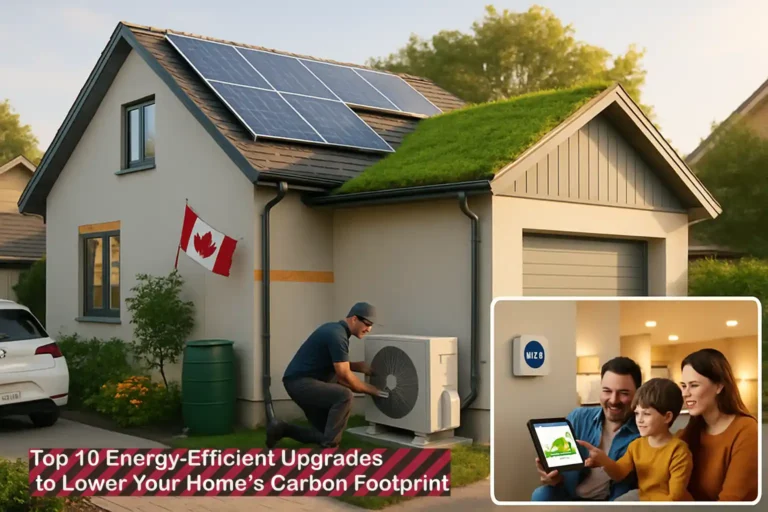
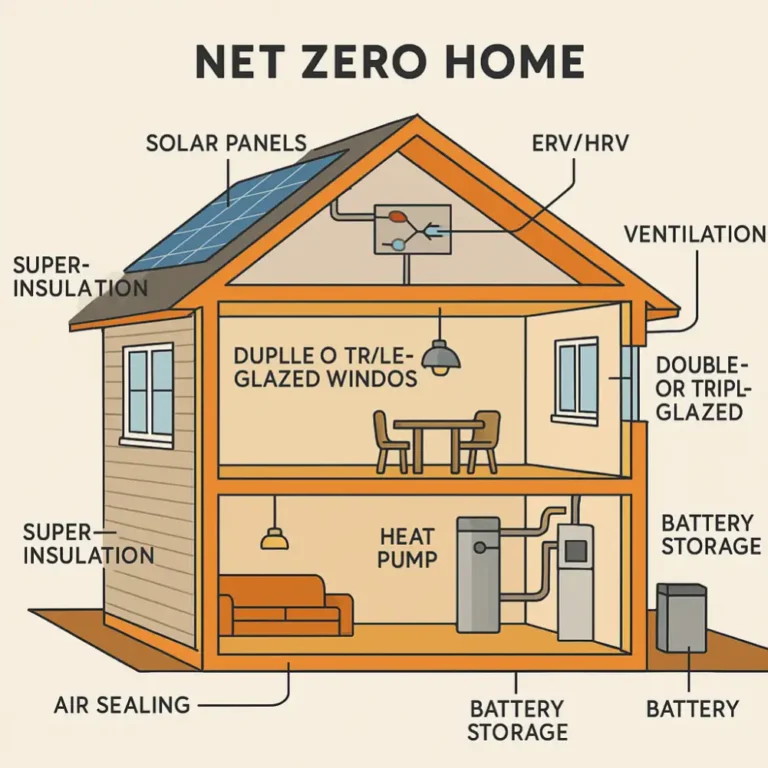

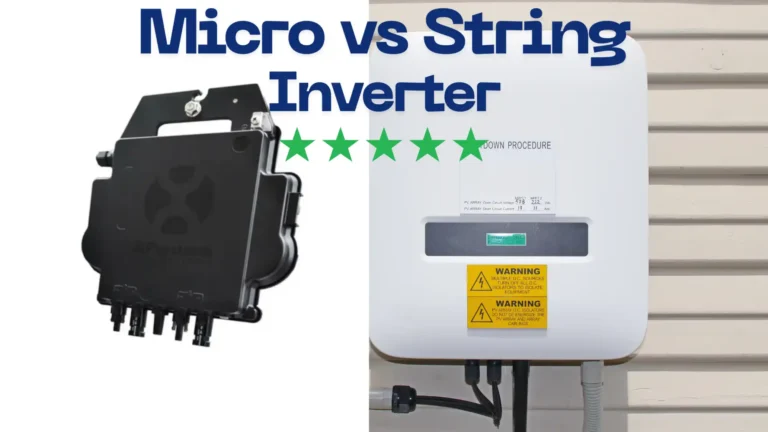
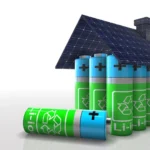
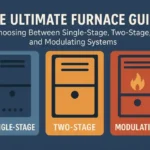
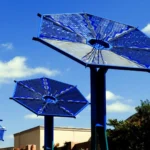

[…] Is Solar Energy Right for Your Home? […]